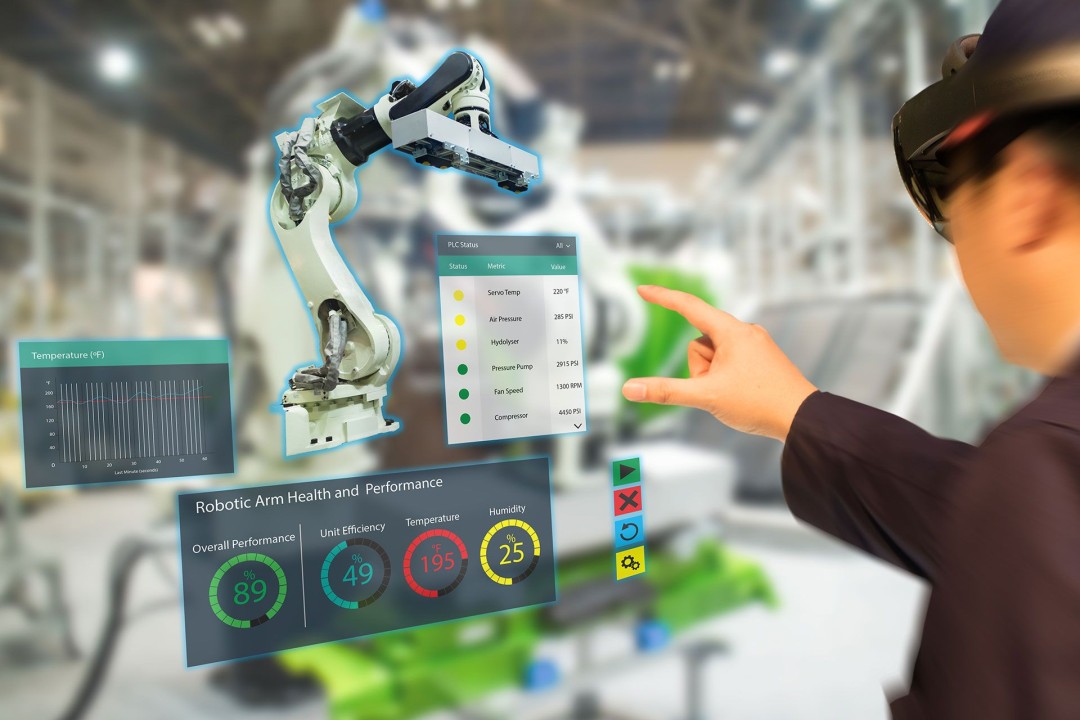shoplesesne.com – Augmented Reality (AR) is a groundbreaking technology that blends digital content with the real world, offering immersive experiences that were once the realm of science fiction. This article delves into how AR is bridging the gap between virtual and real worlds, transforming industries and enhancing everyday life.
Understanding Augmented Reality
Augmented Reality overlays digital information—such as images, sounds, and text—onto the physical environment, enhancing the user’s perception of reality. Unlike Virtual Reality (VR), which creates a completely artificial environment, AR enhances the real world by adding interactive, computer-generated elements.
Applications in Various Industries
AR is making significant inroads across multiple industries:
Healthcare
In healthcare, AR is used for everything from complex surgical procedures to medical training. Surgeons can use AR to visualize organs and tissues in 3D, improving precision during operations. Medical students benefit from AR simulations that provide hands-on practice without the risks associated with real-life procedures.
Retail
Retailers are leveraging AR to enhance the shopping experience. Customers can use AR apps to visualize products in their homes before making a purchase, such as trying on clothes or placing furniture in a room. This interactive experience helps consumers make informed decisions and increases engagement.
Education
AR is revolutionizing education by providing interactive and engaging learning experiences. Students can explore historical sites, conduct virtual science experiments, or interact with 3D models of complex concepts. This hands-on approach enhances understanding and retention of information.
Entertainment
The entertainment industry has embraced AR to create immersive experiences in gaming, live events, and theme parks. Popular apps like Pokémon GO have demonstrated AR’s potential to engage users by blending digital content with real-world locations.
Enhancing Everyday Life
Beyond industry applications, AR is increasingly becoming part of everyday life. Navigation apps use AR to provide real-time directions overlaid on the real world, making it easier to find destinations. Social media platforms incorporate AR filters and effects, allowing users to create and share engaging content.
Challenges and Future Prospects
While AR offers immense potential, it also faces challenges such as privacy concerns, data security, and the need for robust hardware. However, as technology advances, these hurdles are likely to be overcome, paving the way for wider adoption.
The future of AR is promising, with potential advancements in wearable technology, improved AR glasses, and more seamless integration into daily life. As AR continues to evolve, it will further blur the lines between virtual and real worlds, offering even more innovative and transformative experiences.
Conclusion
Augmented Reality is a powerful tool that bridges the gap between virtual and real worlds. By enhancing our perception of reality, AR is transforming industries and enriching our daily lives. As we look to the future, AR promises to offer even more exciting opportunities to explore and interact with the world around us in new and meaningful ways.
